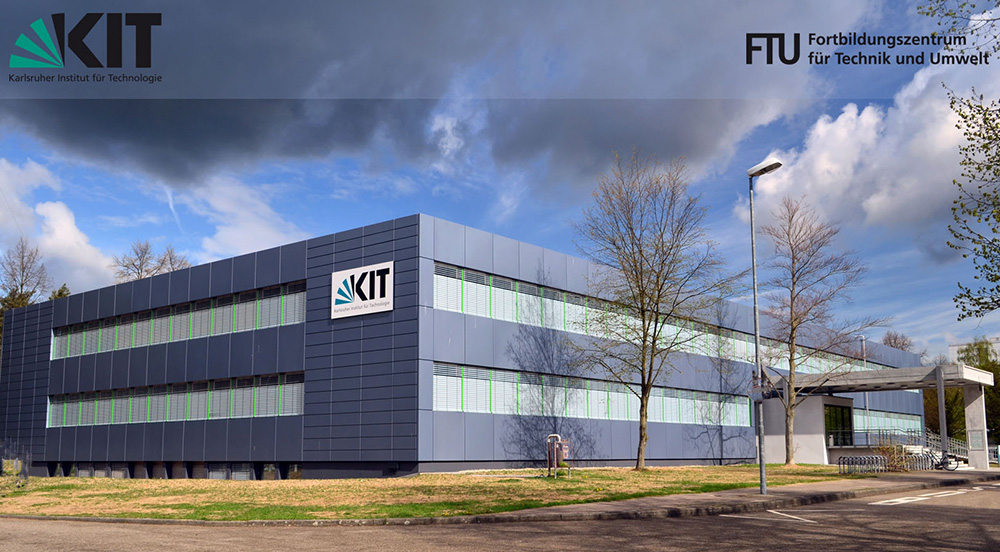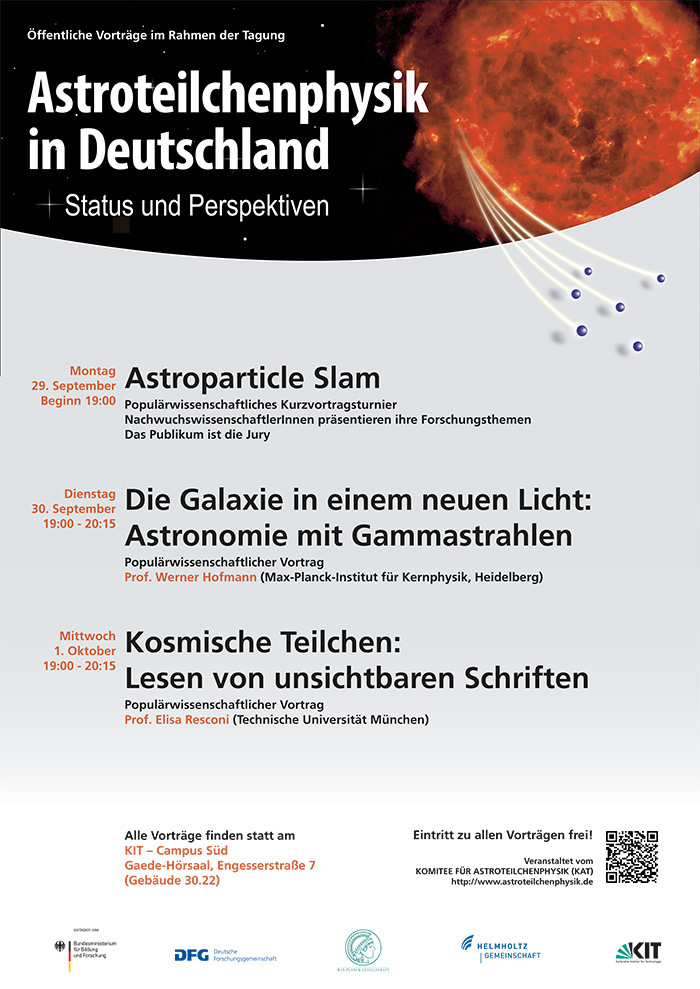 With two public evening lectures and an Astroparticle Slam, astroparticle physicists in Karlsruhe informed about the structure of the universe and current research.
With two public evening lectures and an Astroparticle Slam, astroparticle physicists in Karlsruhe informed about the structure of the universe and current research.
New windows on the universe have been opened by researchers in recent years. Elementary particles from the most energetic objects in the cosmos such as black holes, supernova remnants and active galaxy nuclei allow conclusions to be drawn about fascinating processes. The latest findings were presented at three free public events:
Public Astroparticle Slam
Monday, 29 September 2014
In only eight minutes, eight doctoral students of astroparticle physics presented their research: entertaining and understandable, curious and transverse. Read here which of the lectures the audience selected as the overall winner.
Public Evening Lecture
The galaxy in a new light: astronomy with gamma rays
Prof. Werner Hofmann (MPI for Nuclear Physics, Heidelberg)
September 30, 2014
Over the last decade, astronomy has opened a new window into space: extremely high-energy gamma rays. Gamma rays allow astrophysicists to search for exotic dark matter in the cosmos or to scan the structure of space and time on the smallest scales. The energy of such gamma quanta is 1000 billion times higher than that of visible light; they can no longer be generated by thermal processes - the radiation of hot bodies - but show us another aspect of the universe: the "non-thermal universe". Special instruments, such as the H.E.S.S. telescope system in Namibia, can be used to visualize the "traces" that gamma quanta leave behind when they hit the Earth's atmosphere. The surprising result of the work of the last decade is that a multitude of such extreme radiation sources exist in the cosmos and that these probably influenced the evolution of the cosmos.
Public Evening Lecture
Cosmic particles: Reading invisible fonts
Prof. Elisa Resconi (TU Munich)
October 1, 2014
To understand the universe and decipher its complex blueprint, physicists use telescopes and detectors to observe the sky. The fantastic images of shining galaxies are well known. Light, electromagnetic radiation, is a familiar cosmic information source; others, such as neutrinos or cosmic radiation, are less so. We can only directly observe the processes inside stars and active galaxies with the help of neutrinos - even if some of the particle properties of neutrinos are still a mystery to us. Cosmic rays and high-energy neutrinos give us information about the most energetic processes in our universe. Only if we evaluate all these sources of information can we "read" the construction plan of our universe.

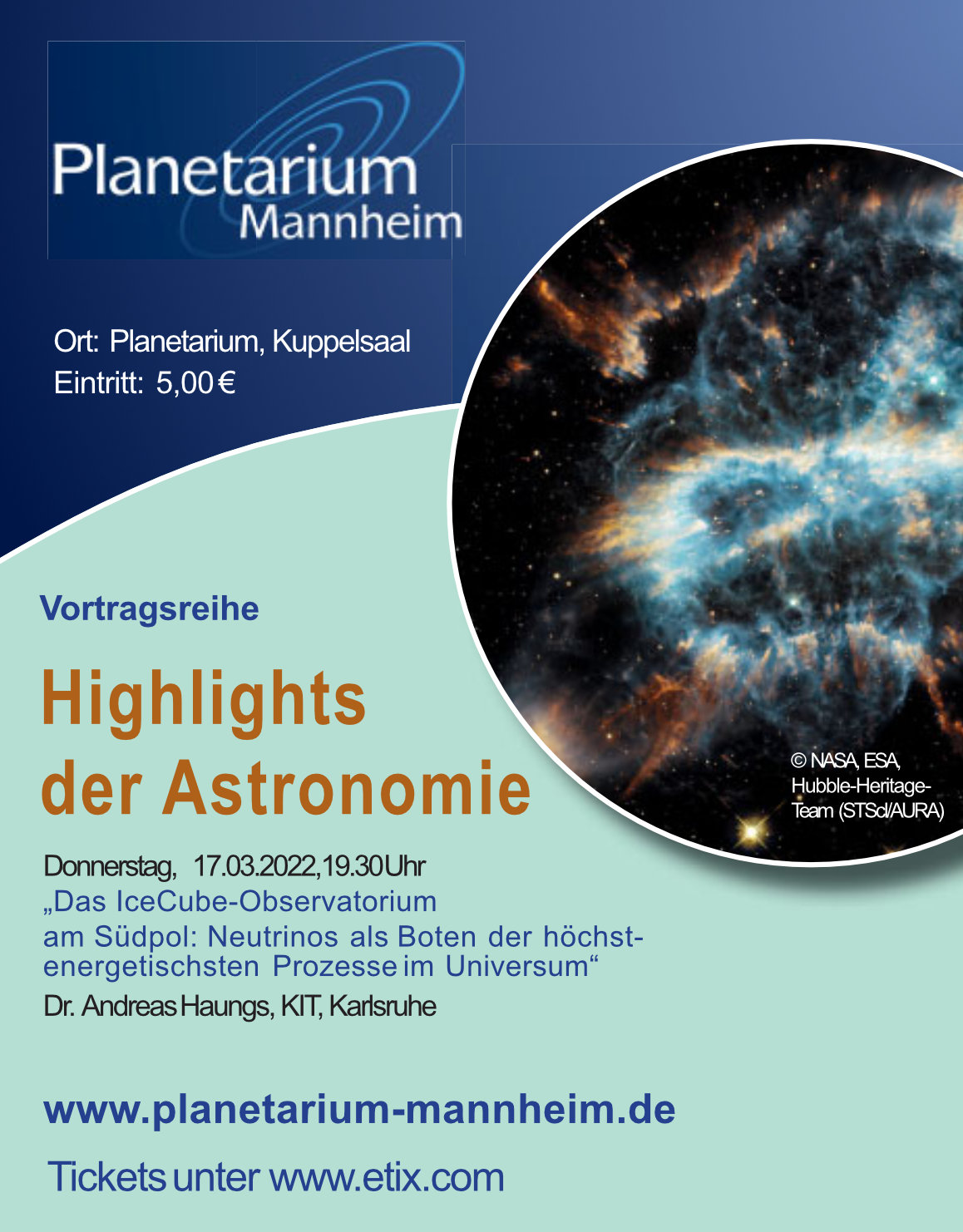
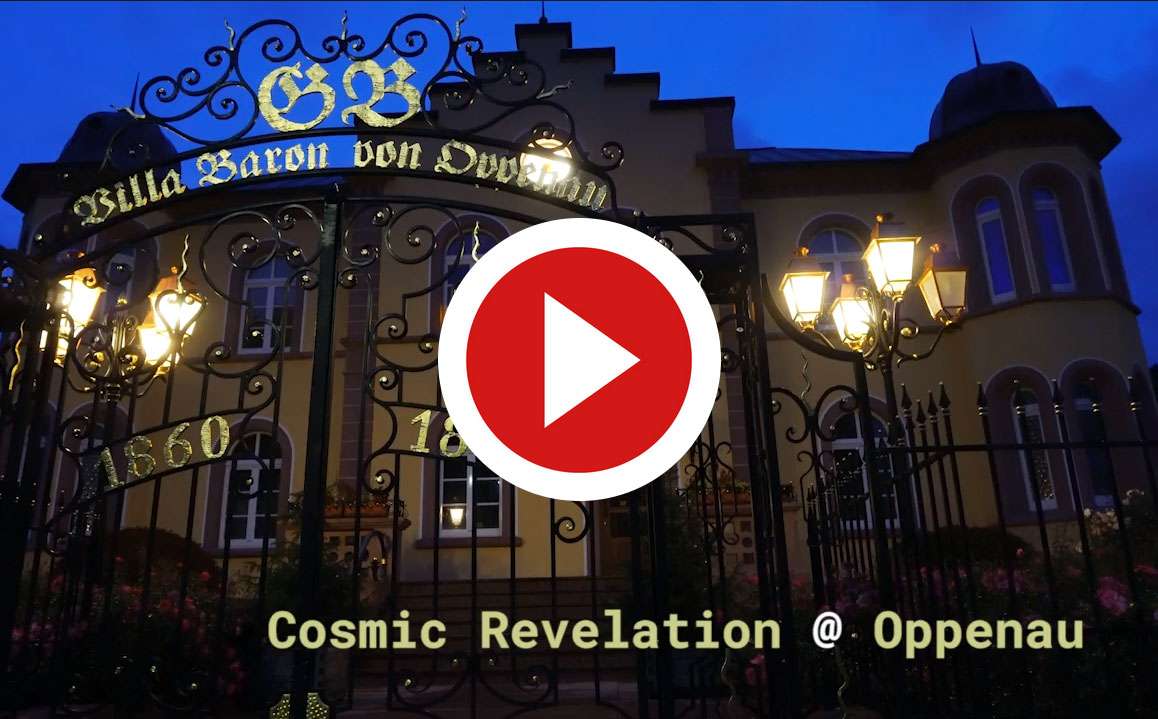
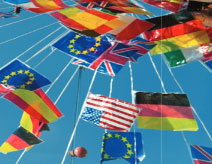
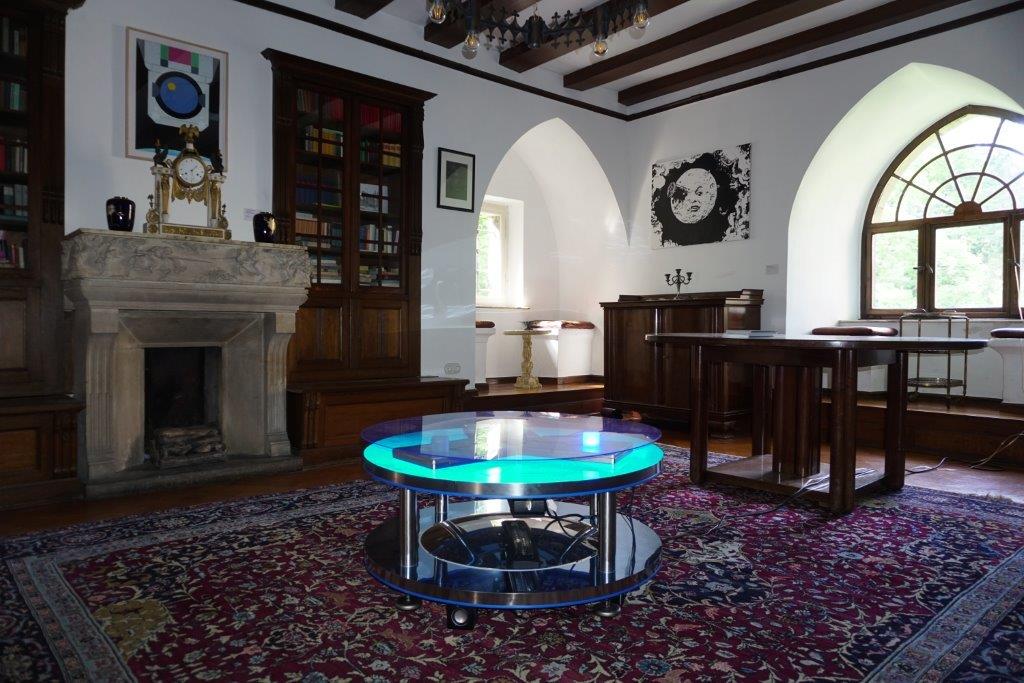

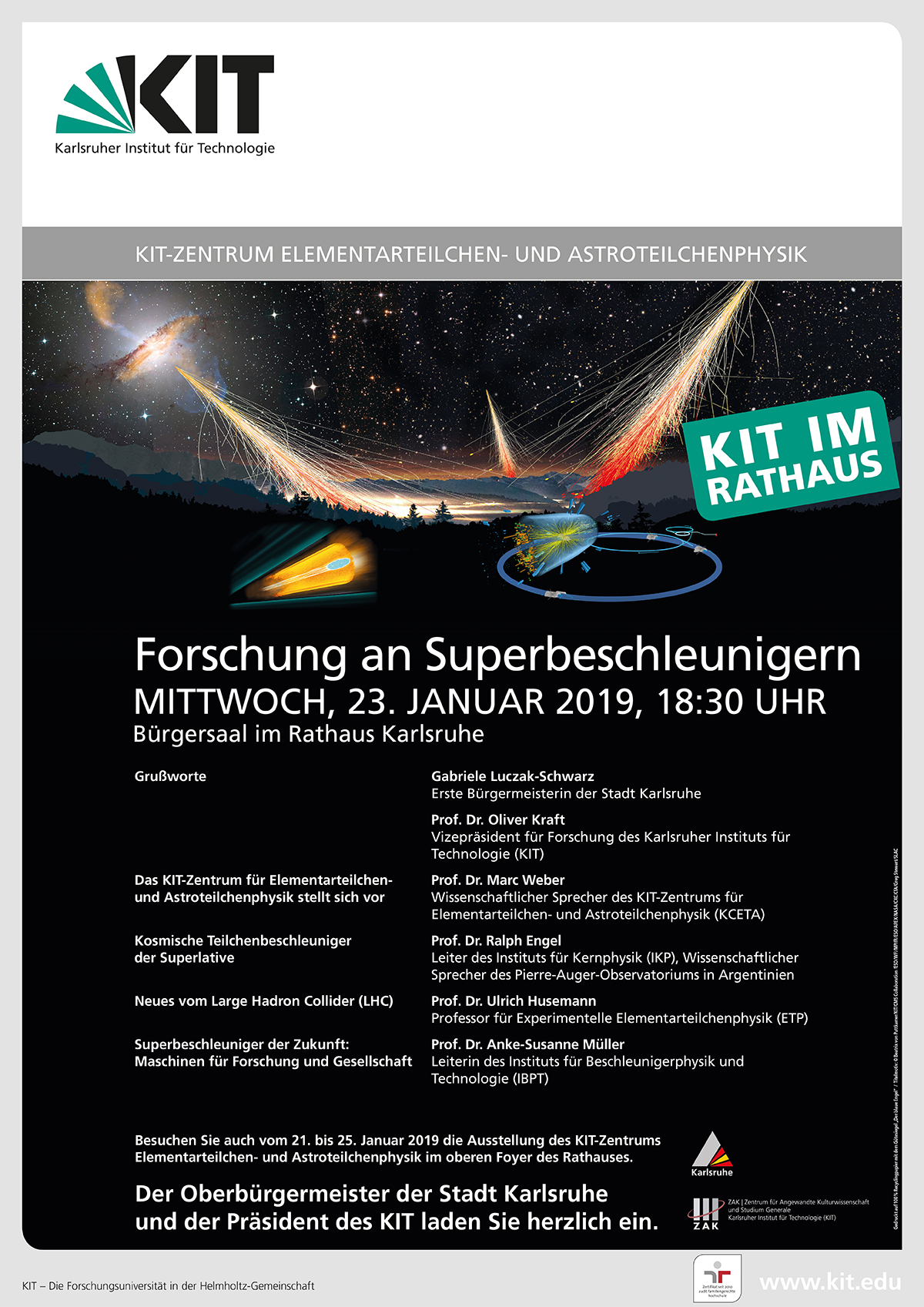
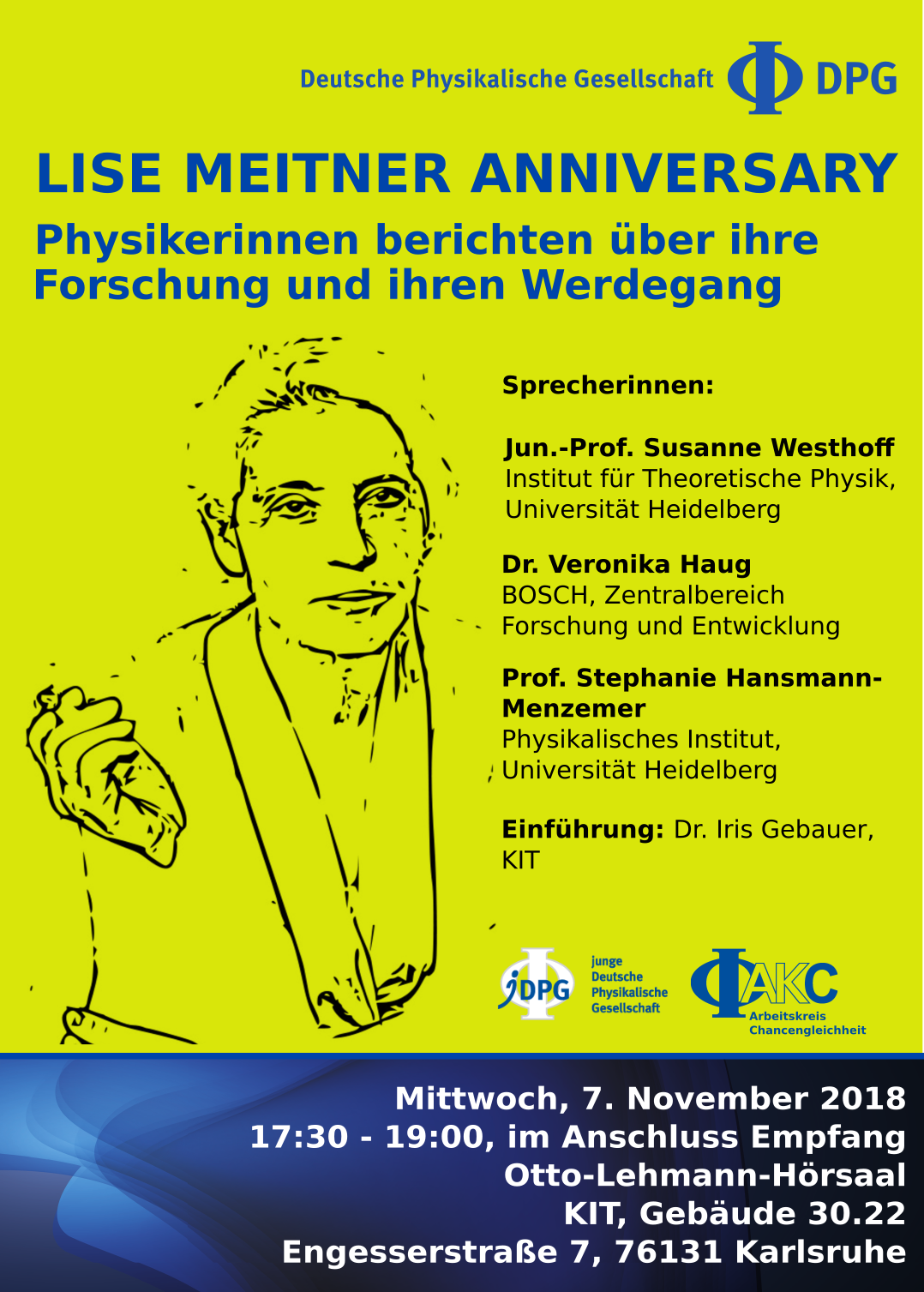

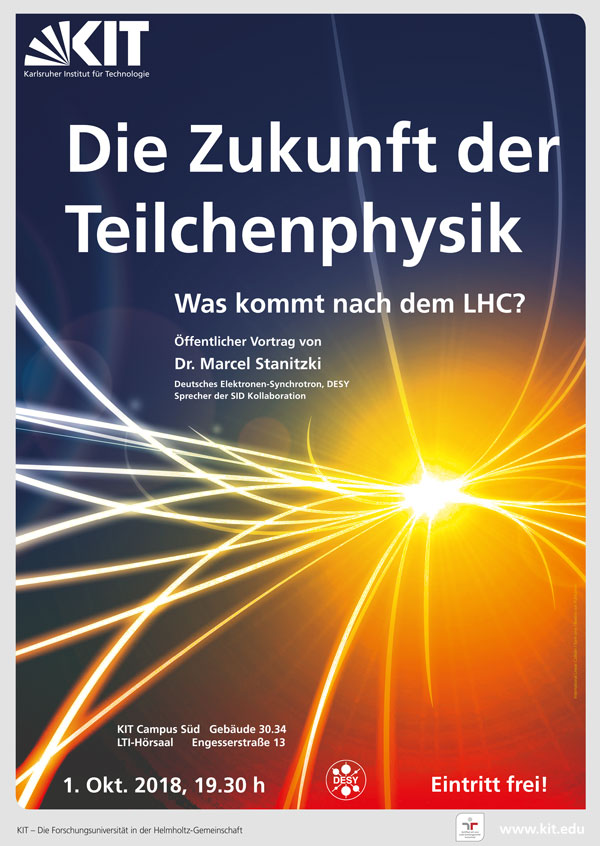
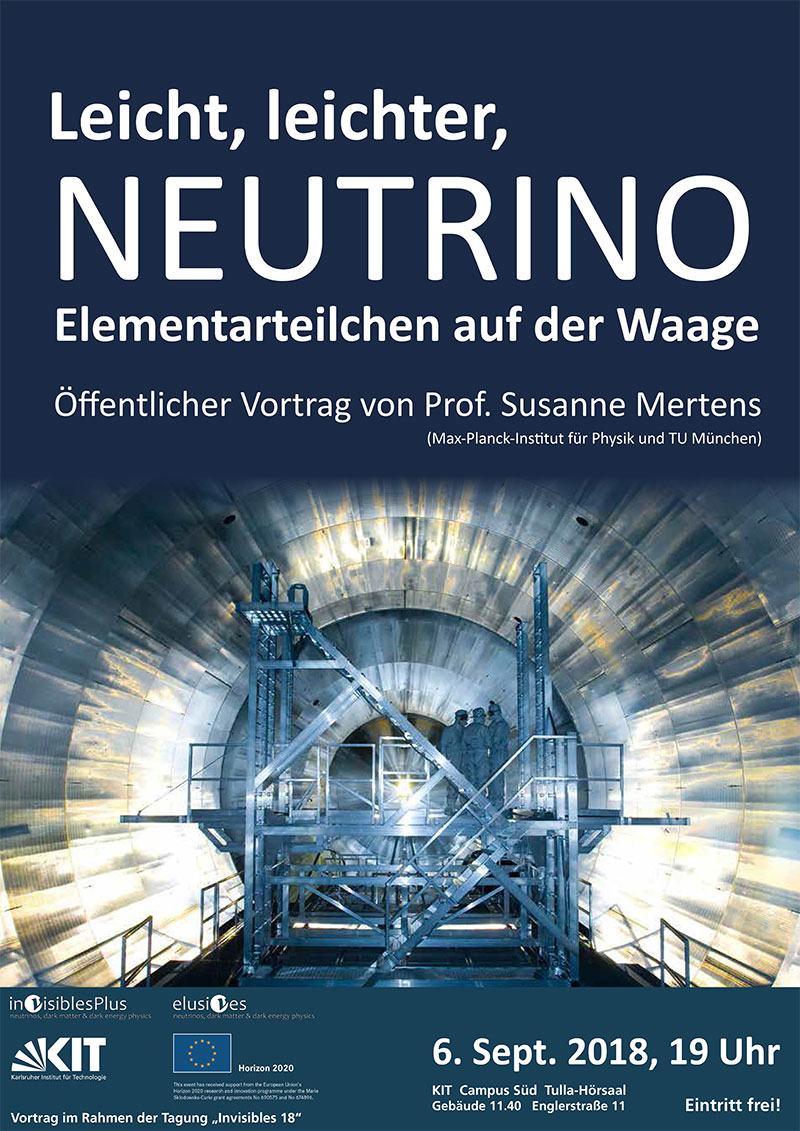
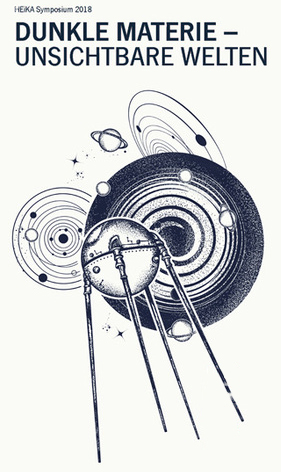
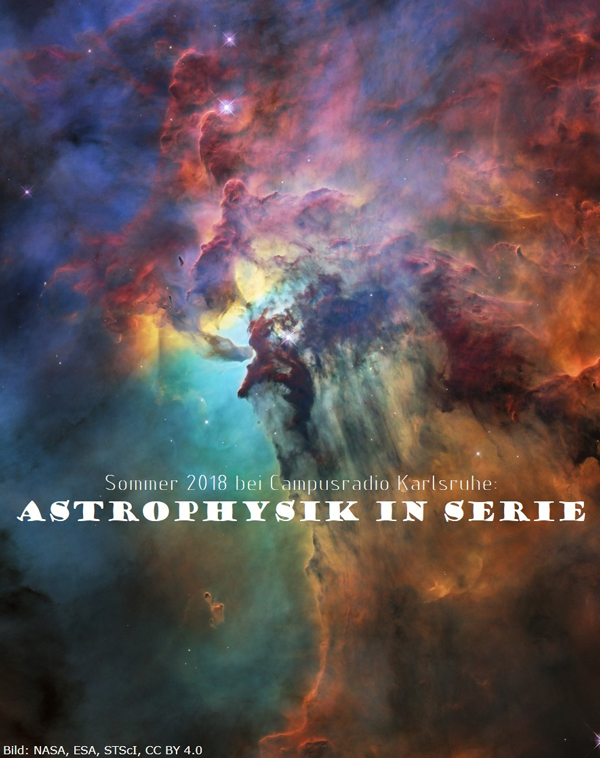
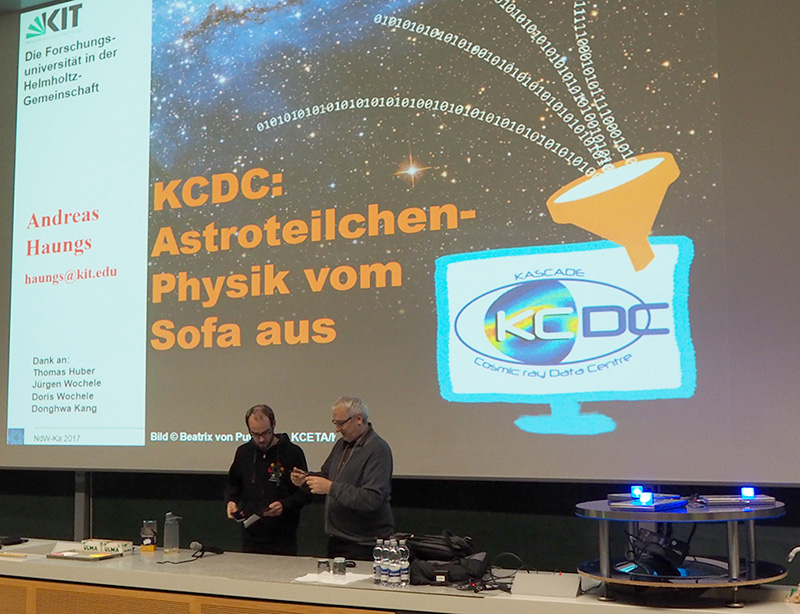
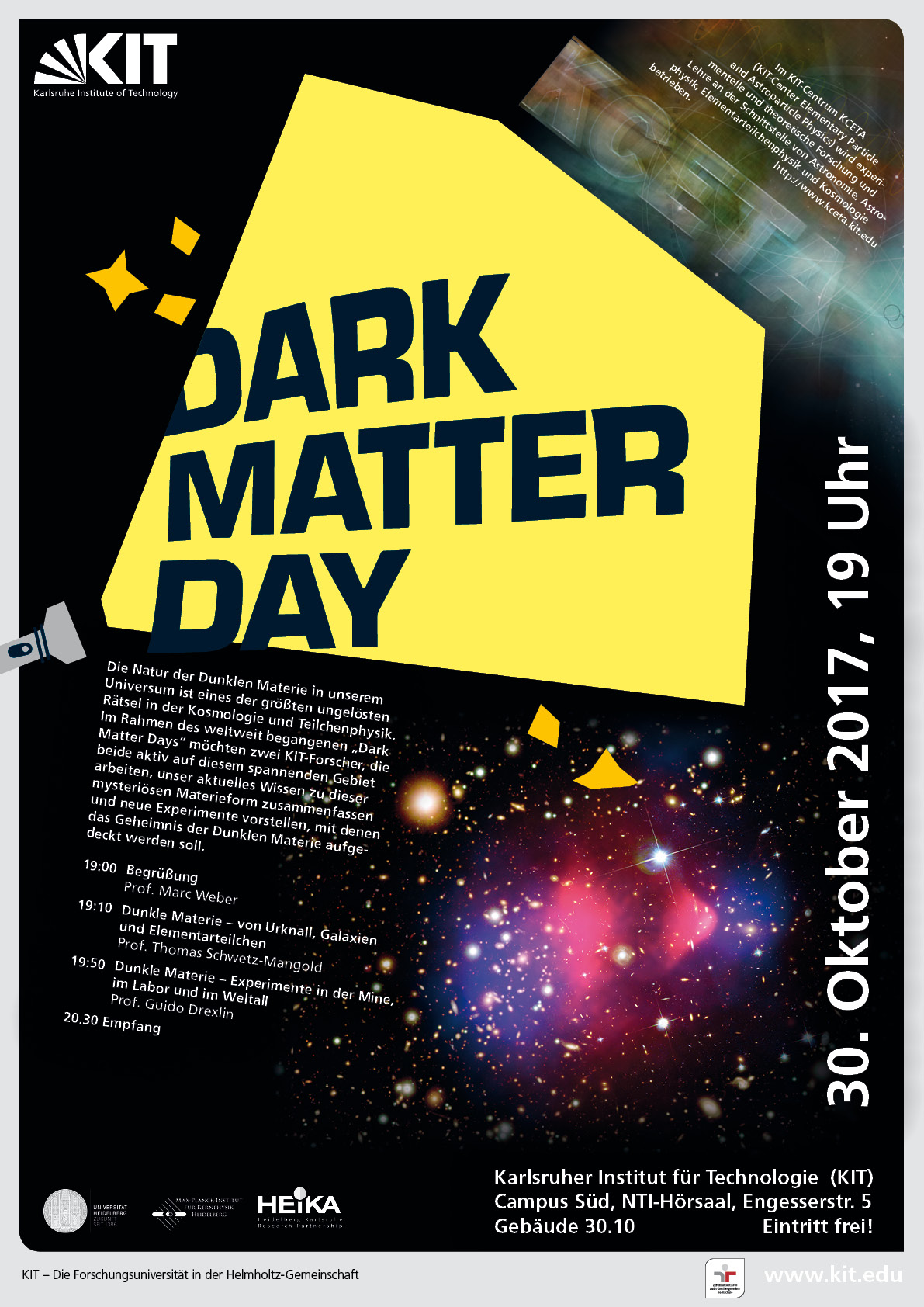
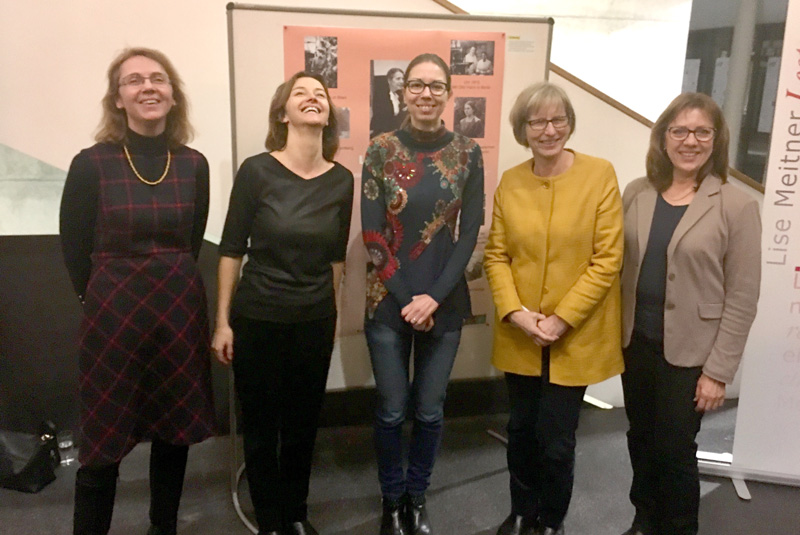
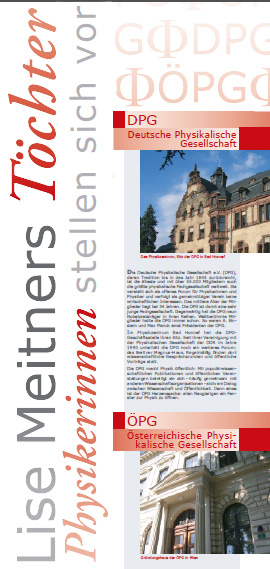
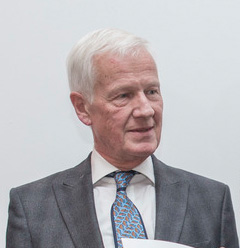
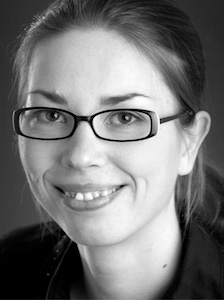
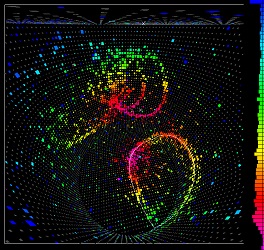
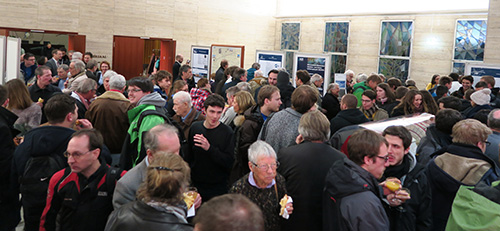
 "Introduction to the KIT Center for Elementary Particles and Astroparticle Physics"
"Introduction to the KIT Center for Elementary Particles and Astroparticle Physics" "Neutrinos on the pan of KATRIN"
"Neutrinos on the pan of KATRIN" "The discovery of the Higgs particle or how the particles get their mass"
"The discovery of the Higgs particle or how the particles get their mass" "How elementary particle physics algorithms can save tens of millions"
"How elementary particle physics algorithms can save tens of millions" With two public evening lectures and an
With two public evening lectures and an 